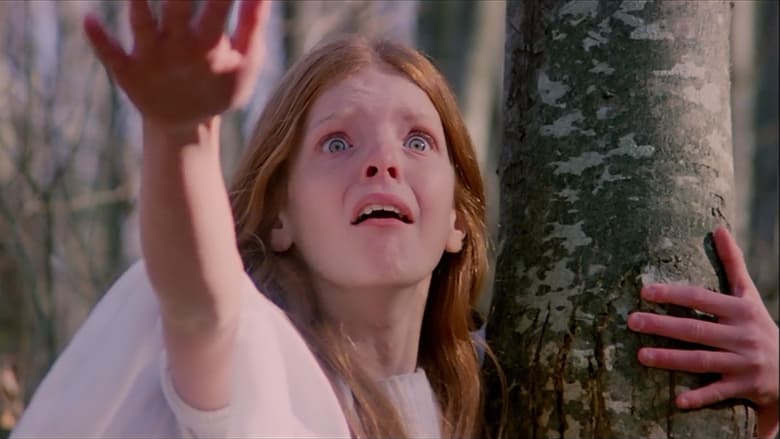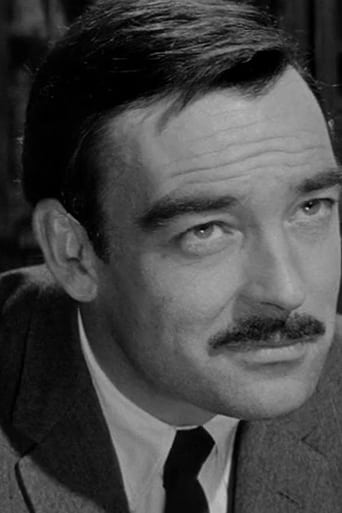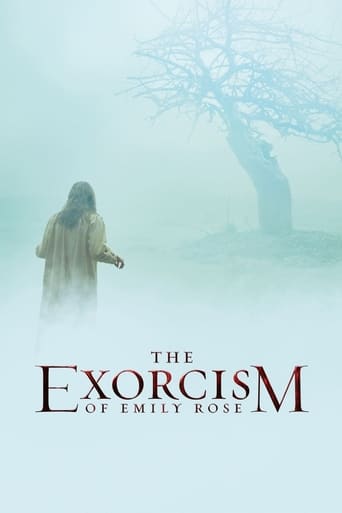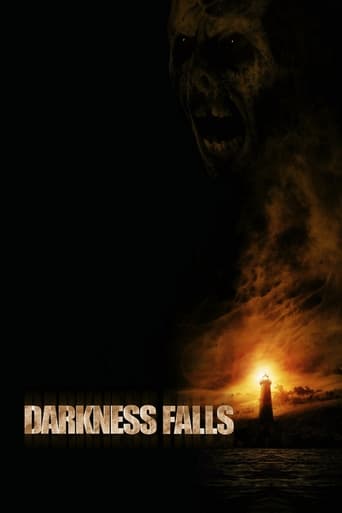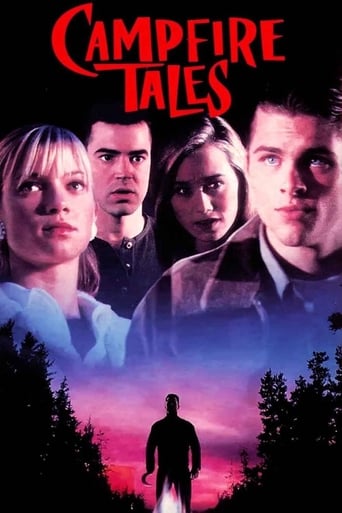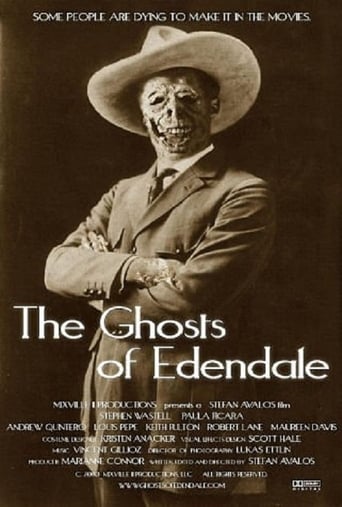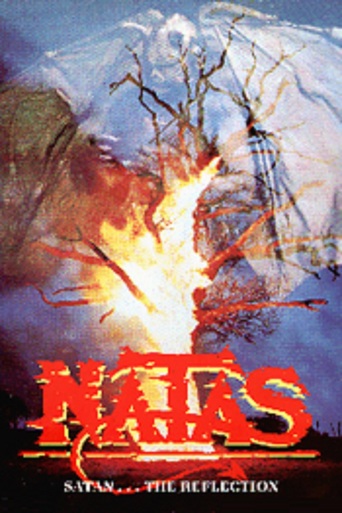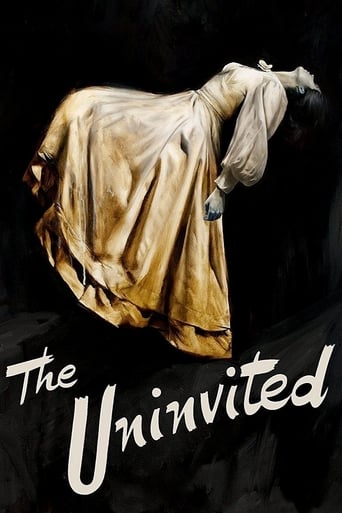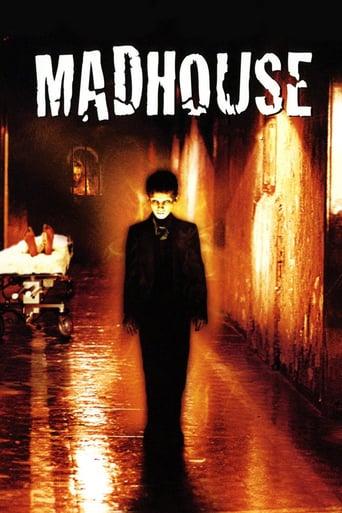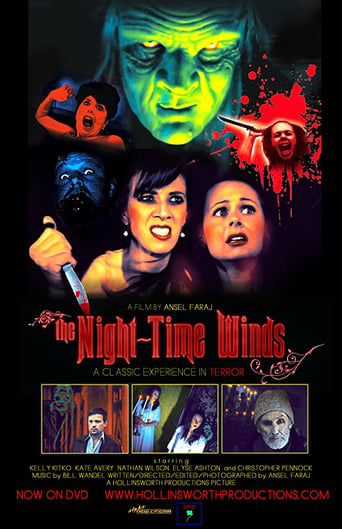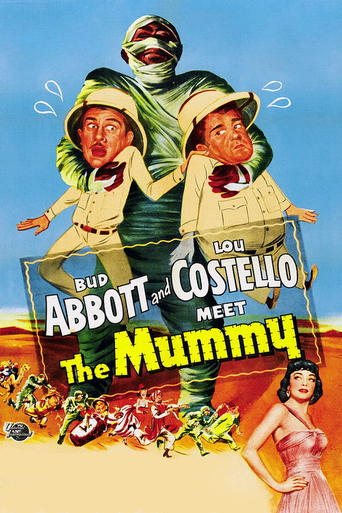The Night Child (1975)
The titular medallion is a gift presented to young Nicole Elmi. Once the girl places the gift around her neck, she is possessed by the spirit of a dead child who was a murderess.
Watch Trailer
Cast


Similar titles
Reviews
Simply A Masterpiece
Brilliant and touching
If you like to be scared, if you like to laugh, and if you like to learn a thing or two at the movies, this absolutely cannot be missed.
This is a dark and sometimes deeply uncomfortable drama
This film is so tame that my kids could have watched it from beginning to end without a problem, if their attention span lasted that long. I think it's rated 15 solely based on the brief appearance of Joanna Cassidy's boob. That said, it's not a total waste of time due to the cast and the man in charge. Poor Emilia (Nicoletta Elmi). Her mum got all burned in a fire then took a header out of a window and now her dad's dragging her to Italy to make a film about the devil. He's played by grumpy Richard Johnson who works for the BBC and has become fascinated with a photograph of a painting sent to him by a local countess. The picture seems to depict the devil, a group of angry pitchfork wielding locals, a young girl and a burning woman falling from the sky.Emilia also has a nanny played by Ida Galli, who is in love with Richard, but her hopes are destroyed when Joanna Cassidy turns up to help out Richard. Joanna Cassidy is famous for playing sexy stripper/killer android Zhora in Blade Runner, so you can see why Richard makes a bee-line for her and ignores his daughter's random flashbacks to a previous life. She also has terrible dreams and screaming fits, which is distracting Richard from getting some.The Countess is also psychic and gets a bad vibe from all this stuff with the painting and some mumbo-jumbo about two medallions, and she herself starts doing a bit of investigating. One 'accidental' death later, things come to a head in an ending I'll admit I didn't see coming, but it takes a while to get there.Some people love this one, probably due to the complete lack of trash and the way the film looks absolutely gorgeous. It does look great - Dallamano's films always do, regardless of content (Venus in Furs), but he can also be a bit too laid back when it comes to plot, and for me that happens here. Although it's refreshing that there's no actual exorcism scenes in the latter half of the film, there's also not much substituted in its place and very little supernatural shenanigans. There's also some terrible blue screen effects, but that's by the by.
A documentarian working on a film about the devil's depictions in artwork finds his life turned upside after the death of his wife, which traumatizes his daughter. Things get worse, though, when his daughter receives a cursed medallion that renders her possessed by a child murderess.I went into this film with low expectations as it is certainly not a film that has a sturdy reputation-the Code Red DVD release of the film in fact brands it under their "Septic Cinema" series, with the disc menu featuring a porta-potty. This is actually rather misleading, and possibly offensive. Though not a great film, "The Night Child" is a far cry from the utter trash that some may have you believe.Similar to other European rip-offs of supernatural American horror at the time ("Beyond the Door" and many others come to mind), the film riffs on elements from "The Exorcist" (though is far more understated) and at times looks and even feels like "The Omen," and unabashedly so. Fortunately, this makes for an atmospheric film, boasting lush and wintry London sets that contrast with warm, oppressive interiors. An eerie score underpins the proceedings, which are somewhat slow-going, but they do pick up in the last third.The film boasts a cast of English-speaking actors, with the English Richard Johnson leading the film, and American Joanna Cassidy playing his producer and sometimes-lover. The dubbing and dialogue are a bit hit-and-miss, but this is mostly expected for a film of the period, and at times it reminds one of some of the Bava or Argento films of the era.In the end, I was pleasantly surprised by "The Night Child," which seems to have garnered a reputation that I frankly found at odds with what was on screen. The film is a rip-off, but a good one, and it offers a select few well-orchestrated scenes and a chilling atmosphere. For what it is, this is an above-average foray into the "possessed children" subgenre. 7/10.
Massimo Dallamano was doubtlessly one of the most gifted filmmakers in Italian 70s cinema, his greatest achievement being the 1972 Giallo-masterpiece "Cosa Avete Fatto A Solange" ("What Have You Done To Solange?"). Prior to his premature death in a car accident in 1976, Dallamano was responsible for a fistful of true classics of Italian 70s cinema including "Solange" and "La Polizia Chiede Aiuto" (1974), and I therefore also had high expectations for this occult Horror gem, "Il Medaglione Insanguinato" aka. "Perché?!"/"The Night Child"/"The Cursed Medallion" of 1975. Well, I must say that my high expectations were easily met, maybe even surpassed by this film, which turned out to be a highly atmospheric, suspenseful and also original gem that is definitely worthy of more attention.Too often are occult Horror films from the first half of the 70s just dismissed as being blatant imitations of "The Exorcist"; this might be true in some cases, but it certainly isn't the case here. Other than the film being about possession and having a child as a central figure, this film has little to nothing do with "The Exorcist". Some time after his wife's tragic death in a fire, British reporter Michael Williams (Richard Johnson) goes to Italy with his daughter Emily (Nicoletta Elmi) and her nanny, in order to do a documentary on art. Little Emily, who, after witnessing her mother's gruesome death, is still haunted by nightmares, is given a beautiful silver medallion, which is supposed to have a mysterious past, by her father. Soon after their arrival, strange things begin to occur...British character actor Michael Williams (whose resemblance to "The Omen" leading man Gregory Peck may be intended or not) delivers a very good performance in the lead, and Joana Cassidy and genre-beauty Ida Galli make a nice female support. The true star of this film, however, is little Nicoletta Elmi, doubtlessly the greatest child star in Italian Horror cinema, who once again proves that children can be great actors - and unspeakably eerie. 11 years old at the time this film was made, Nicoletta Elmi had already starred in a number of brilliant cult-productions including Mario Bava's "Bay of Blood" (1971) and "Baron Blood" (1972), Aldo Lado's Venetian Giallo "Chi L'Ha Vista Morire" (1972), Paul Morrisey's "Flesh For Frankenstein" (1973) and Dario Argento's masterpiece "Profondo Rosso" (1975). While "The Night Child" is not the most brilliant production Elmi has ever been part of (that would be a draw between "Profondo Rosso" and "Flesh for Frankenstein" for me), it was her first and only leading role, and it proves more than any other film what a great talent she was. Elmi quit acting in her mid-20s in order to become a doctor."Il Medaglione Insanguinato" is a film as beautiful as it is eerie. Fantastically photographed on beautiful and impressive settings, and with fascinating set-pieces, this is another film that proves that Italian Horror is as visually overwhelming as cinema gets. The film maintains a haunting and creepy atmosphere from the first minute to the end, the generally eerie mood is intensified by several nightmarish and downright frightening sequences. Eerie, haunting and beautiful, this is yet another great film by the great Massimo Dallamano. Standing ovations for the tremendously gifted Nicoletta Elmi. 8.5/10
Michael Williams, who works for BBC, finds a somehow impressive Italian picture which gets mixed in the material of his ongoing task titled DIABOLICAL ART: A DOCUMENTARY. But since his wife's mysterious death her daughter, Emily, has been emotionally disturbed, so he goes Spoleto, where the problematic picture is, with her and her nanny, Jill. And there is a Countess, who is also a psychic, and she informs him that the picture was somehow made at the night that a young witch named Emilia was executed. Michael doesn't believe her story, but after that Emily has hysterical spasm and Jill is killed... This Italian film is, of course, almost innocently influenced by THE EXORCIST, but this one is much cheaper, much simpler,and in a sense, much dirtier. First of all, it should be said this film is full of confusion. For instance, the story shows Emily is a reincarnation of Emilia. But when Emily sees her in the flashbacks, she perceives her exclusively from a third-person's point of view. But if she is the reincarnation of Emilia, she should and must see the past from nothing but Emilia's point of view. Confusions of this kind, which the film has many, are almost exclusively based upon a problematic fact that the film is too cowardly, rather than ambivalent, to specify its own quasi-Freudian theme, namely, pre-adolescent girl's one-way incestuous wish. To make matters worse, this film also has characteristic problem (if not confusion); every character is too naive and helpless to be realistic and/or believable living human. Regarding Emily (or Emilia), she is after all a child, and one can say it is difficult to blame her mainly for her naiveness and helplessness. (And according to the Freudian theory, every girl wants to have her father's child(ren) in her own way. In this sense, Emily is not exclusively pathological; only her way of excluding other women from her father's love is problematically pathological. But, as I already mentioned, this film per se is too cowardly to be Freudian.) The problem is that adult characters are as childish and naive and helpless as Emily is. And because of this characteristic weakness even the psychic who can see almost everything cannot do anything down-to-earth, and because of the same weakness the very story of the film is ended in a badly escapist way. In addition, special effects of this film are incredibly cheap and laughable. Although Stelvio Cipriani's music is noteworthily beautiful (indeed this one is so good that it seems to be worth having it alone), the film as a whole is nothing but a cheap B-film which can disappoint even the 1970s'-Italian- horror-film-lovers.


